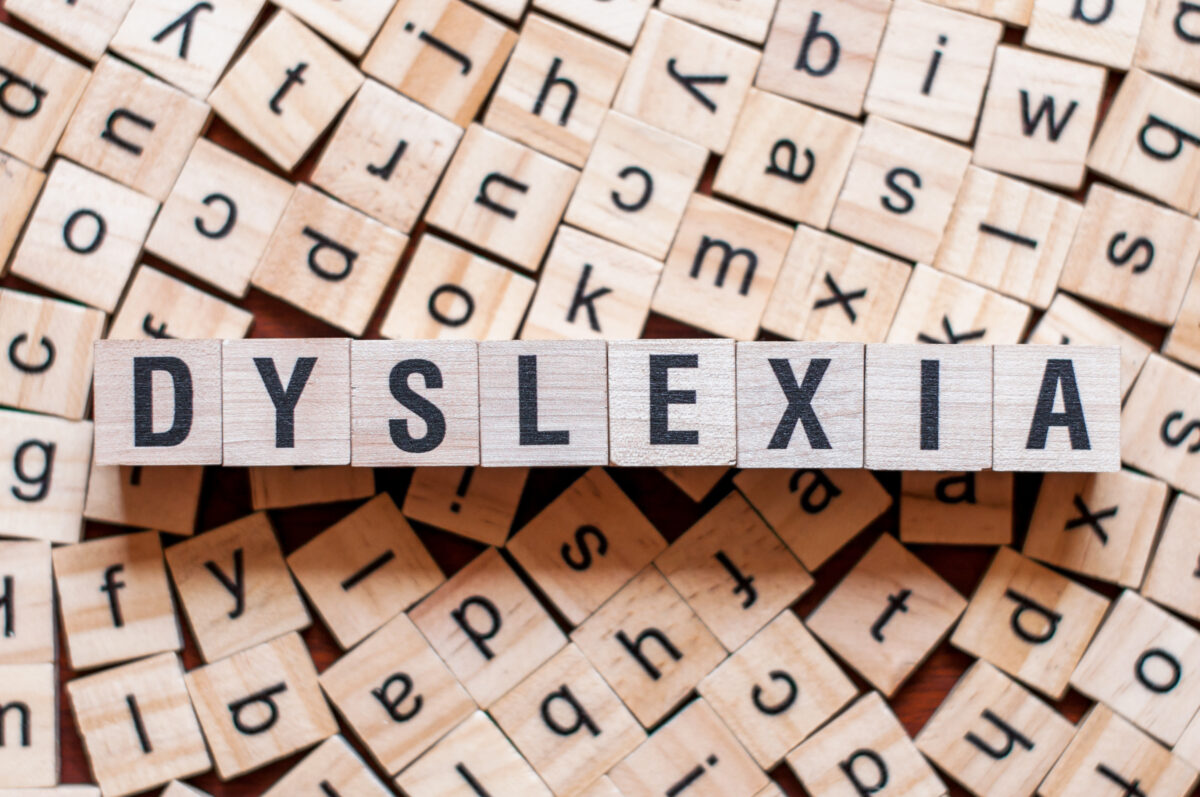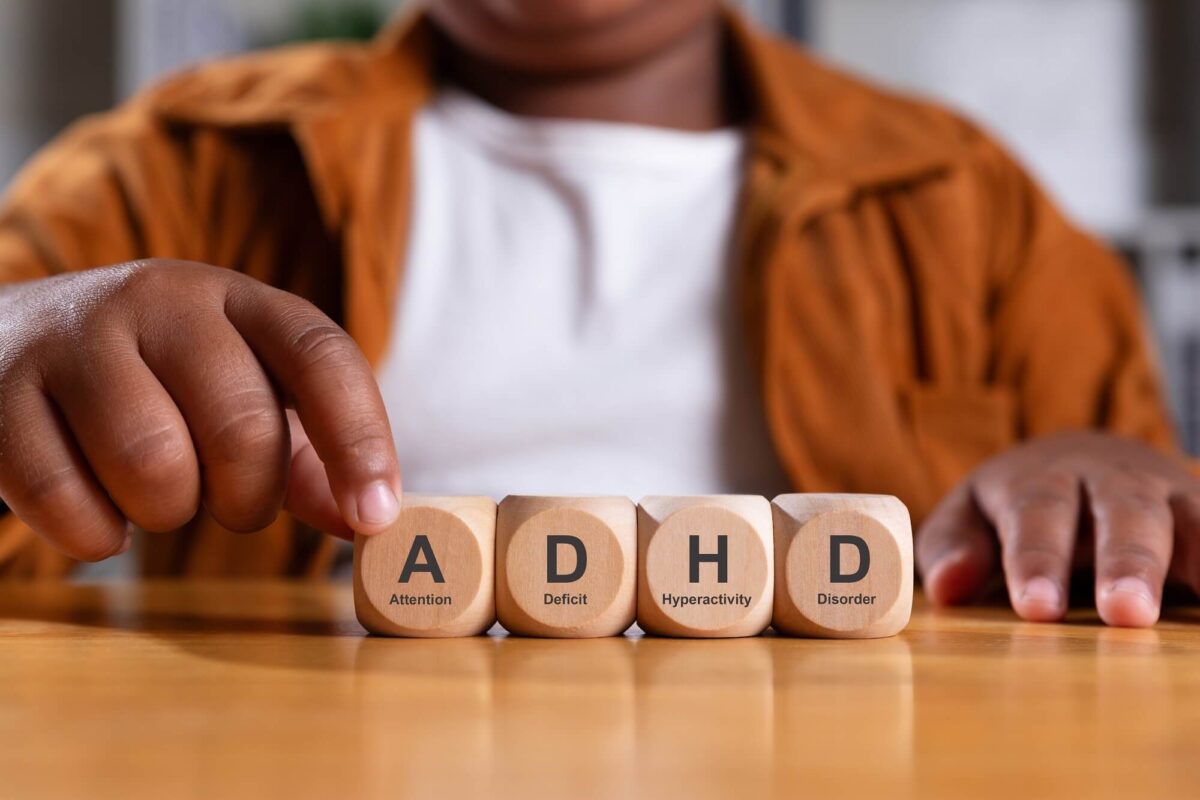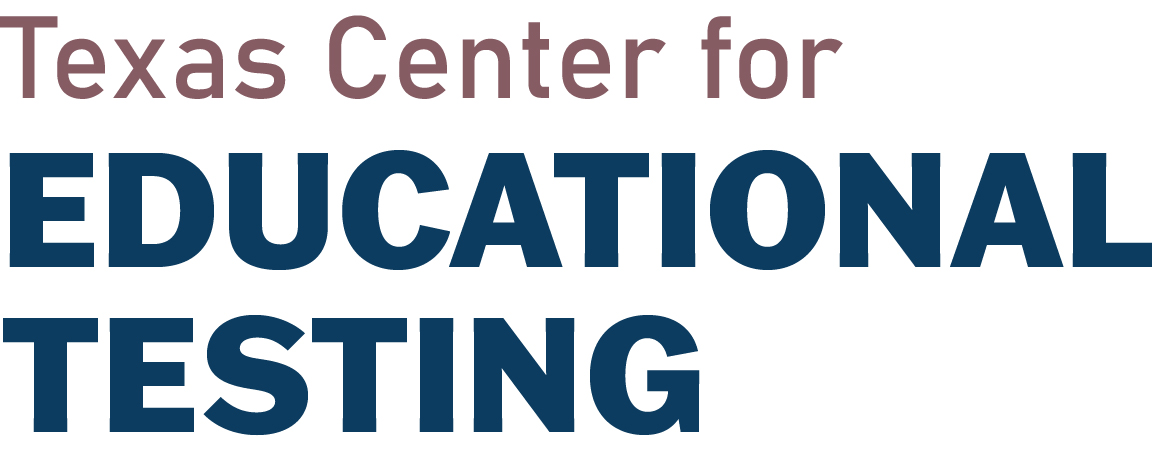
Types of Assessments

NeuroEducational Evaluation
For identification of all types of learning disabilities — dyslexia, dysgraphia, dyscalculia and ADHD
- Cognitive Processing Skills
(how one processes and learns) - Academic skills – based on referral concerns
(Additionally, if ADHD is a concern)
- Executive function skills
Behavioral, emotional, and cognitive regulation - Diagnostic Interview
- Rating Scales
- Psychological Consultation/Report Review
(Endorsement of DSM-5 Coding)
$1,350 ($150 Deposit to schedule)

ADHD only Evaluation
- Cognitive Processing Skills
(how one processes and learns)
- Executive function skills
Behavioral, emotional, and cognitive regulation - Diagnostic Interview
- Rating Scales
- Psychological Consultation/Report Review
(Endorsement of DSM-5 Coding)
$850 ($150 Deposit to schedule)
It’s important to note that testing duration typically varies from 2 to 4 hours, depending on the specific evaluation, client’s age, and individual pace.
Colleges and universities offer support services to students with learning disabilities and ADHD Our evaluations meet documentation requirements for accommodations. Testing should be curren (within the last 3-5 years). Students should check with their schools for specific guidelines.
The report will meet IDEA and 504 eligibility and accommodation requirements for public ISDs, private schools, and Universities. It will also meet requirements for accommodations on standardized tests such as SAT, ACT, GRE, and professional certification exams.
Skills Tested
Cognitive processing skills enable us to perceive, reason, remember, and learn. Major areas of cognition include:
- Verbal Comprehension
- Visual-Spatial Reasoning
- Fluid Reasoning
- Processing Speed
- Working Memory
- Auditory Processing
- Quantitative Reasoning
- Long-Term Memory
Academic skills assessed
(based on referral concerns):
- Basic Reading skills
- Reading Fluency
- Decoding
- Reading Comprehension
- Phonological Processing
- Orthographic Processing
- Math Calculation
- Math Problem-Solving
- Math Fluency
- Written Expression
- Spelling
- Oral Expression
- Listening Comprehension
- Graphomotor Skills
Regarding Insurance Coverage
Learning disability evaluations are often not considered medically necessary by insurance companies, as they are viewed as educational rather than medical issues. Although we do not handle insurance claims, some clients have been able to seek reimbursement through their HSA or Flex accounts.
List of Diagnostic Tests
Cognitive Ability
- Wechsler Preschool & Primary Scale of Intelligence, Third Edition (WPPSI-III)
- Wechsler Intelligence Scale for Children, Fifth Edition (WISC-V)
- Wechsler Adult Intelligence Scale, Fourth Edition (WAIS-IV)
- Wechsler Adult Intelligence Scale, Fifth Edition (WAIS-5)
- Wechsler Memory Scale, Fourth Edition (WMS-IV)
- Woodcock-Johnson IV, Tests of Cognitive Ability (WJ-IV)
- Kaufman Assessment Battery for Children, Second Edition (KABC-II)
Academic Achievement
- Wechsler Individual Achievement Test, Fourth Edition (WIAT-IV)
- Kaufman Test of Educational Achievement, Third Edition (KTEA-3)
- Woodcock-Johnson IV, Tests of Achievement (WJ-IV)
- Woodcock-Johnson IV Tests of Oral Language (WJ-IV)
- Scholastic Abilities Test for Adults (SATA)
- Comprehensive Test of Phonological Processing, Second Edition (CTOPP-2)
- Nelson-Denny Reading Test
- Gray Oral Reading Test, Fifth Edition (GORT-5)
- Clinical Evaluation of Language Fundamentals, Fifth Edition (CELF-5)
- Feifer Assessment of Mathematics (FAM)
- Feifer Assessment of Writing (FAW)
Executive Functions (Observation Scales)
- Behavior Rating Inventory of Executive Function, Second Edition (BRIEF2)
- Behavior Rating Inventory of Executive Function – Adults (BRIEF-A)
- Brown Scales of Executive Function and Attention (BROWN-EF/A)
- Behavioral Assessment System for Children, Third Edition (BASC-3)
